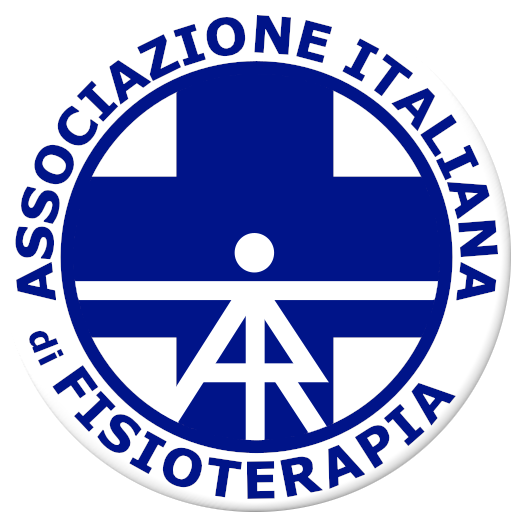ESERCIZIO TERAPEUTICO CONOSCITIVO IN PAZIENTE CON LESIONE CRONICA DEL SECONDO RAGGIO DELLA MANO SINSITRA
COGNITIVE THERAPEUTIC EXERCSES PROPOSAL IN A FINGER INJURY
Introduction
Alba is a 50 year-old woman with a chronic bone lesion of the second phalanx of the left hand. After the surgical reconstruction and after a period of 6 weeks with the brace, she begins a rehabilitation program based on the Cognitive Therapeutic Exercise (CTE), in order to recover the mobility of the finger. To the first evaluation the patient presents: semiflexion of the proximal inter-phalangeal (10°-15°) with the impossibility of reaching passively the extension; a minimum flexion of the distal inter-phalangeal (2°-3°) with a possible passive realignment and little movement of active extension.
Our aim is to describe the importance and the effectiveness of the Cognitive Therapeutic Exercise in a chronic bone lesion management.
Methods
The treatment initially involved stretching and soft tissue massage in order to prepare the hand and the finger to CTE exercises.
These exercises performed by the patient under the supervision of the therapist were:
Slingbar: the patient is seated with her forearm leaning on the table. Her index finger is located on one end of the slingbar, while on the other end the therapist places four different weights (with an increasing weight). The aim of this exercise is to recognize the different weights with closed eyes.
Crescent: the patient is seated with her forearm leaning on the table. The four fingers (except the thumb) are placed on a crescent-shaped platform, that is balanced on a tip. The therapist places a weight on one of the previously defined positions. The aim of this exercise is to recognize, with closed eyes, in which position the weight is placed, while keeping the platform in balance.
Results
With stretching and soft tissue massage, the therapist was able to detach the scar adhesion of the areas injured by the trauma, improving the ROM of the finger and the drainage of the area.
With the CTE exercises the patient acquired the management, the control and the consciousness of the volar and dorsal activities of the hand in the space. At the end of the therapeutic program Alba showed an improvement of active and passive ROM of the distal inter-phalangeal (AROM T0: 7°- 10°; T2: 0°-50°. PROM T0:0°-10°;T2: 0°-60°) and an improvement of active and passive ROM of the proximal inter-phalangeal (AROM T0:10°-80°; T2:0°-80°. PROM T0:5°-85°;T2:0°-90°).
Discussion and Conclusion
In conclusion, we can say that, even if in literature there are few evidences about CTE method, these exercises were be able to improve the passive and active ROM of the finger and the patient independence in ADL.
With this work, we want to highlight the cognitive aspect of every exercise performed by the patient. Although the scar treatment and kinesitherapy are suitable to functional recovery, they do not implicate the same cognitive involvement and sensitive stimulation of CTE exercises.
REFERENCES
The work is unfunded
